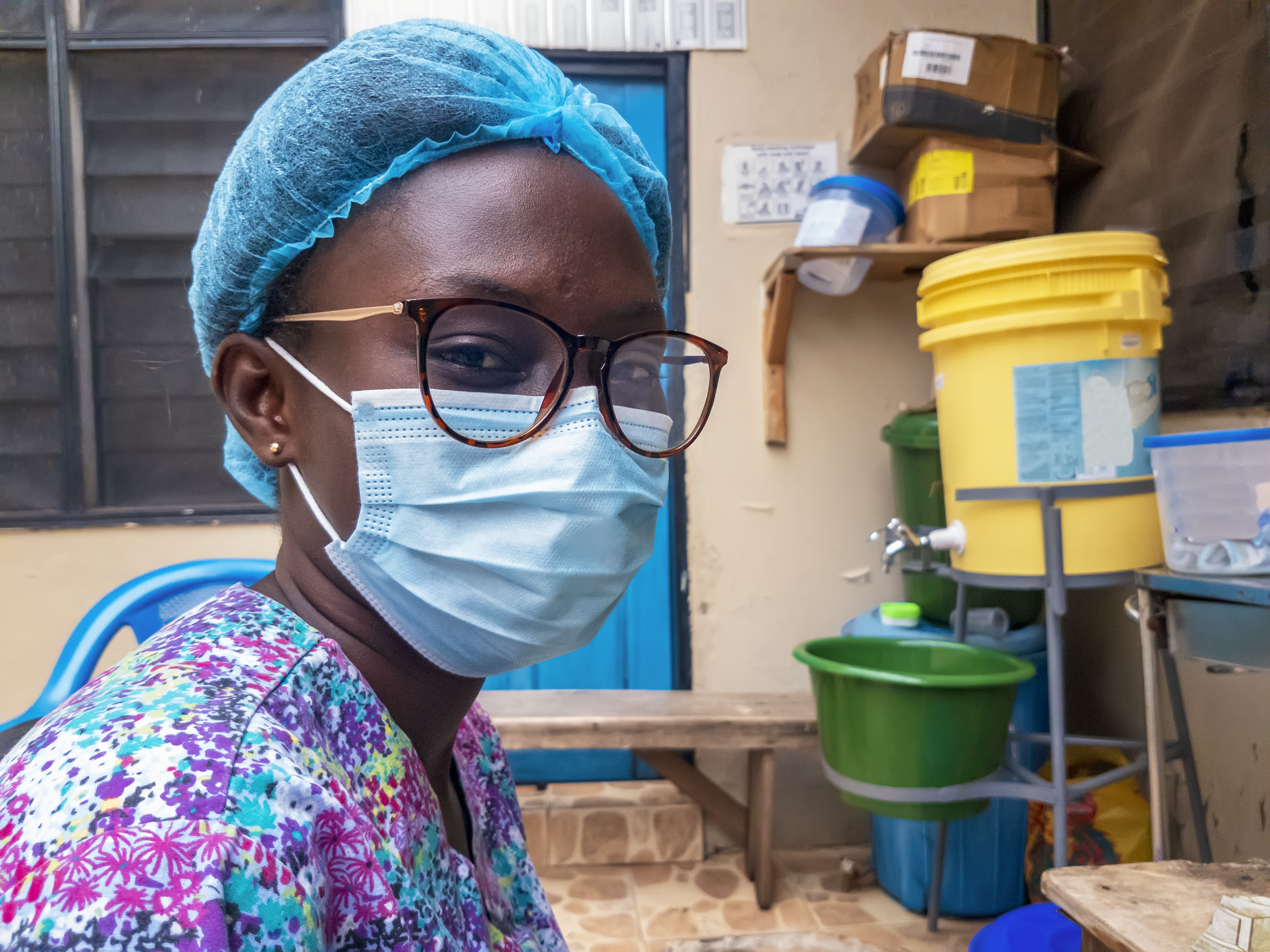Blogs

Despite the harsh lessons from the Coronavirus disease (COVID-19) pandemic, Zambia remains underprepared for future public health emergencies. A Scoping and Gap Analysis conducted by the African Institute for Development Policy (AFIDEP) and Globesolute, on the county’s state of domestic financing for surveillance and pandemic preparedness, reveals that less than 1% of the national health budget, approximately USD 530,000, in 2025 is allocated to the Zambia National Public Health Institute (ZNPHI) for these critical functions. This allocation amounts to less than USD 0.10 per capita, falling significantly short of global benchmarks, which recommend investing at least USD 0.50 to USD 1.00 per capita in health security.
The analysis highlights persistent systemic vulnerabilities and underscores the urgent need for sustained, domestically financed preparedness. Overall, the Zambia surveillance and PPR financing landscape is characterised by chronic underfunding, fragmented financing mechanisms, and continued reliance on donor support. This situation continues to undermine the country’s capacity to detect, prevent, and respond effectively to public health threats.
The country’s fragility has been exacerbated by recent global disruptions, including the 2025 freeze in U.S. foreign aid and the United States’ withdrawal from the World Health Organization (WHO), which have significantly reduced access to critical external health security funding. At the core of the problem is Zambia’s over-dependence on international partners, with over 80% of PPR financing sourced externally. When such funding is disrupted, as seen with interruptions to USAID and PEPFAR-supported programmes, the country’s surveillance and emergency response systems face serious delays or operational collapse.
The report underscores that even when funds are available, inefficiencies in disbursement, procurement, and coordination often dilute impact. For instance, substantial portions of government contributions are spent on administrative overheads, while essential investments in laboratory infrastructure, emergency stockpiles, and workforce development go unfunded.
But it’s not all doom and gloom.
The report highlights emerging opportunities: Zambia’s National Public Health Emergency Fund (NPHEF) offers a promising domestic financing mechanism, though it’s yet to be operationalised. There’s also growing momentum around health financing dialogue and regional partnerships through Southern African Development Community (SADC) and the Africa Centres for Disease Control (CDC).
To build a resilient health system, the report makes it clear, Zambia needs to act. Key recommendations include:
- The Ministry of Finance needs to increase direct government funding to the Zambia National Public Health Institute.
- ZNPHI should expedite operationalising the National Public Health Emergency Fund (NPHEF) to reduce dependence on donor emergency relief.
- Develop innovative domestic financing mechanisms, including earmarked health security levies and structured public–private partnerships, to enhance the sustainability and predictability of preparedness funding.
- Strengthen coordination, governance, and accountability mechanisms across national and subnational levels to reduce fragmentation, improve resource efficiency, and ensure timely execution of preparedness investments.
- Leverage regional platforms and partnerships such as the Africa CDC Southern Africa Regional Collaborating Centre and SADC to explore pooled funding mechanisms and coordinated investments in cross-border health security infrastructure.
Zambia’s position as the host of the Africa CDC Southern Africa Regional Collaborating Centre gives it both the responsibility and opportunity to lead the way in regional health security. Without decisive action, Zambia risks being caught off guard again at the cost of lives, livelihoods, and national development.

